The roof of Africa: Kilimanjaro, the highest mountain in Africa
In 1848, German missionaries sent to Africa described an exceptionally high mountain whose summit was covered with snow. Snow in Africa? Well, his story was taken as a simple fairy tale and was met with disbelief and ridicule.
However, such a statement aroused the curiosity of explorers and geographers, who ventured to solve the mystery. Had the missionaries misled them with their fabulous stories? Or had they discovered the top of Africa, then unknown to the Western world?
Indeed, they were right. A decade later the story of the German missionaries was confirmed. There was a snow-capped volcanic mountain in East Africa called Kilimanjaro. That some believed that name meant “Mountain of greatness”.
Currently the great Kilimanjaro, is famous for its captivating beauty and imposing height. Imagine the following scene: a herd of elephants graze on the dry and dusty African plains, with Kilimanjaro in the background, a stratovolcano, with a crown of snow on the summit.
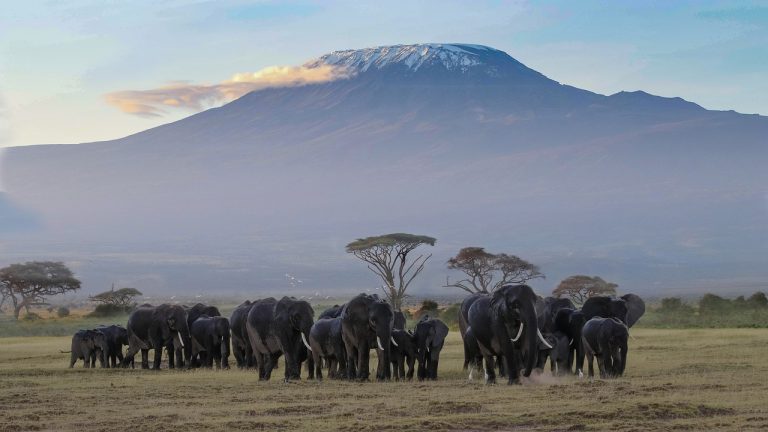
That’s Africa too.
Kibo’s summit was first reached in 1889 by the German geographer Hans Meyer and the Austrian mountaineer Ludwig Purtscheller.
Currently, each year more than 50,000 tourists climb the great Kilimanjaro.
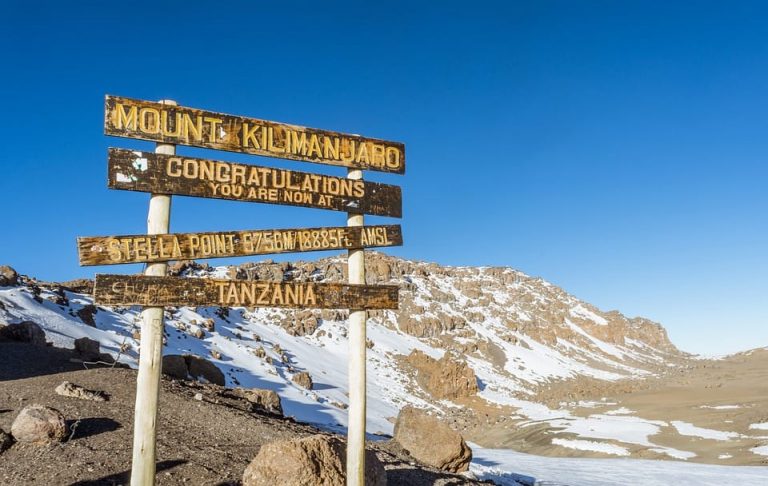
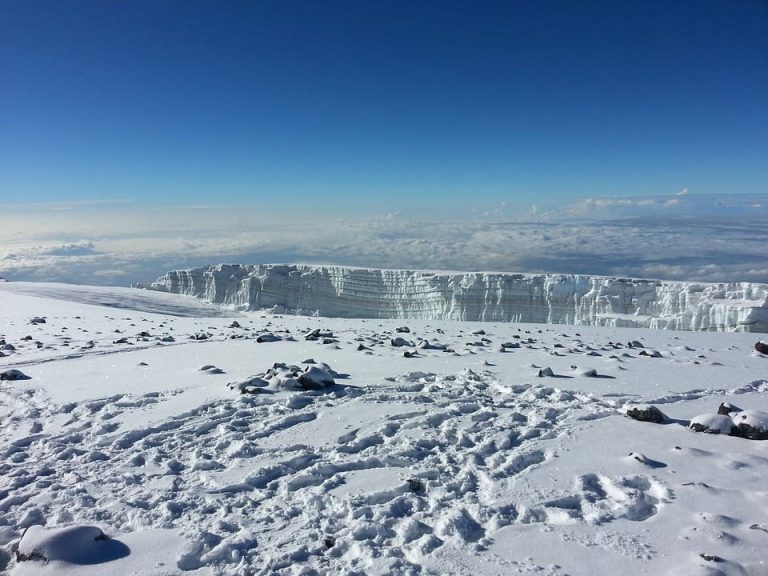
Kilimanjaro is the highest mountain in Africa and is one of the largest dormant volcanoes in the world. It is located in Tanzania, just south of the equator and near the border with Kenya.
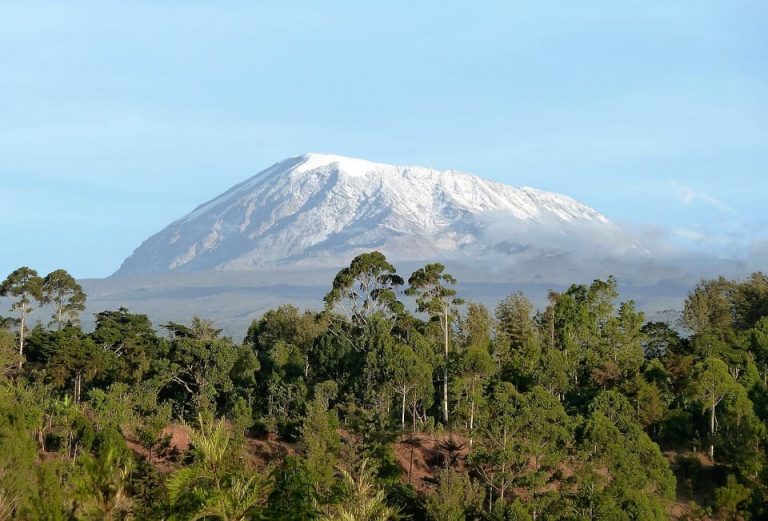
Kilimanjaro was formed when the Earth expelled more than 4,000 million cubic meters of volcanic material in this place, forming this colossal mountain.
Actually, the Kilimanjaro mountain is formed by three main extinct volcanoes: Kibo (center), Mawensi (east) and Shira (west).
In 1987, Mount Kilimanjaro National Park was designated as a UNESCO World Heritage Site.
Its gigantic height contrasts with the arid scrub plains of the Maasai. Solitary and isolated, it rises to a height of 5,895 meters. Not for nothing is it also known as the “roof of Africa”.
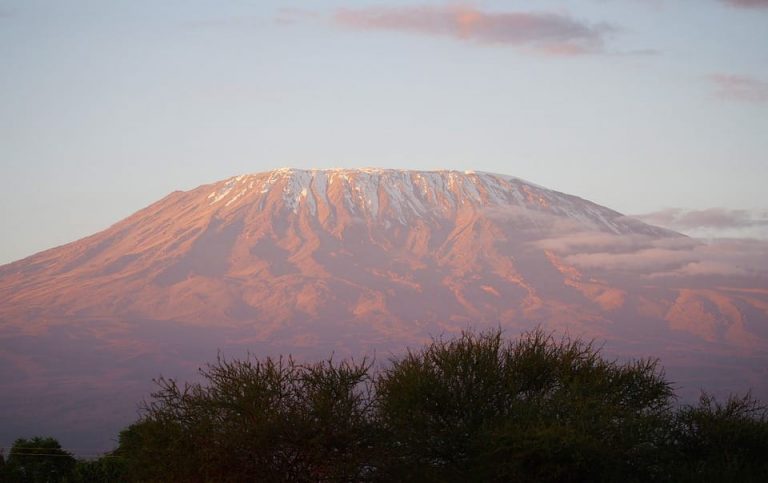
It is also called the “Caravan Mountains”. And I suppose you can already imagine why. In past centuries, the caravans that left the interior of Africa with shipments of ivory, gold and slaves, were guided by this mountain of white peaks, with its glaciers and snow; they served as a beacon that guided the ancestral caravans from hundreds of kilometers in any direction.
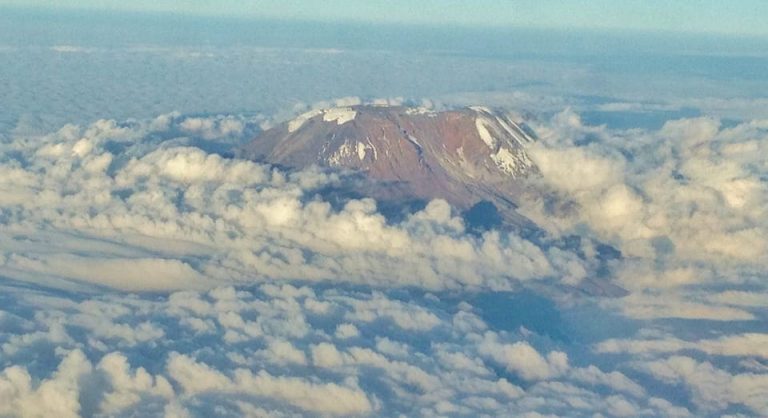
From the time the missionaries reported this discovery to date, things have changed a lot.
Now, global warming threatens this inactive colossal, as there is great concern about the loss of snow suffered by Mount Kilimanjaro, because in just a few decades, according to scientists, one of the most beautiful landscapes in the world could be erased.
Another of the sad consequences of global warming that affects our beautiful curious planet so much.
This article was originally published on planetacurioso.com in 2009. Updated: August 26, 2021. If you are reading this on another website, you should know that they are not authorized to put it on their website. Visit planetacurioso.com.


